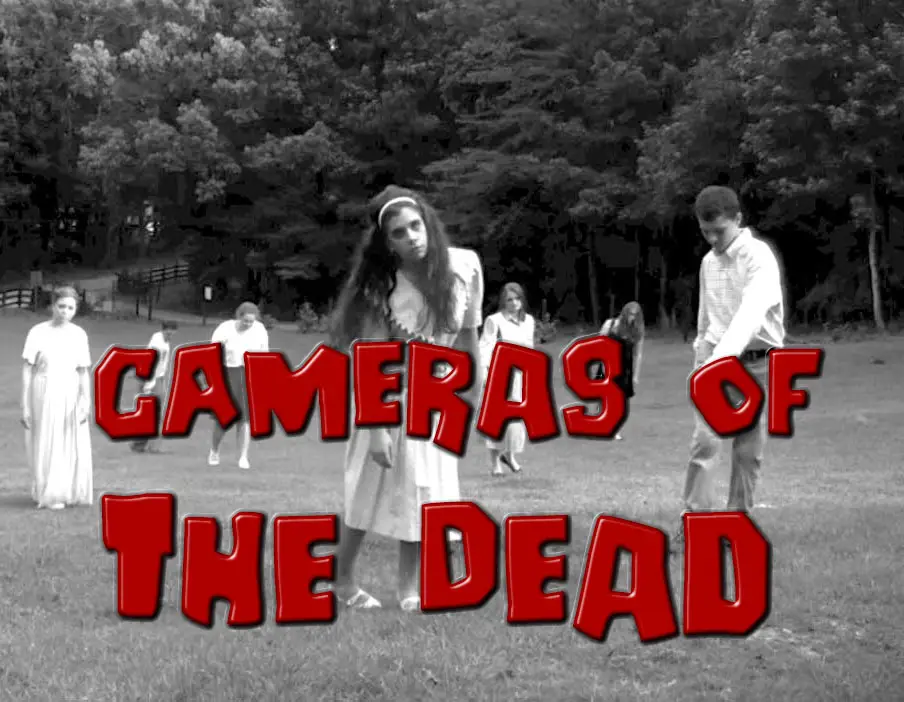 This review is part of the Cameras of the Dead series which I have been publishing every year on Halloween and “Halfway to” Halloween, featuring three cameras that I’ve wanted to review that either didn’t work, or was otherwise unable to shoot.
This review is part of the Cameras of the Dead series which I have been publishing every year on Halloween and “Halfway to” Halloween, featuring three cameras that I’ve wanted to review that either didn’t work, or was otherwise unable to shoot.
I am republishing each of those individual reviews this October in anticipation of this Halloween’s Cameras of the Dead post as a way to revisit the cameras of the past that allows them to be properly indexed on the site.
This is a KMZ Kristall (Кристалл in Cyrillic loosely translates to ‘crystal’) Single Lens Reflex camera made by Krasnogorski Mekhanicheskii Zavod in the former Soviet Union from 1961 – 62. It is an evolution of the Zenit 3 SLR and improved upon that model with a new hinged film compartment and a lever wind film advance. The Kristall has a unique hammered paint finish with prominent ribs above the prism which gave it a very distinct look. The look obviously didn’t appeal to customers as the camera was discontinued after little more than a year, and no other Zenit cameras that would follow would have a similar design. Despite it’s modest specs, this was a well built camera that used the Zenit’s 39mm lens mount and could share all lenses made for the entire Zenit SLR line.
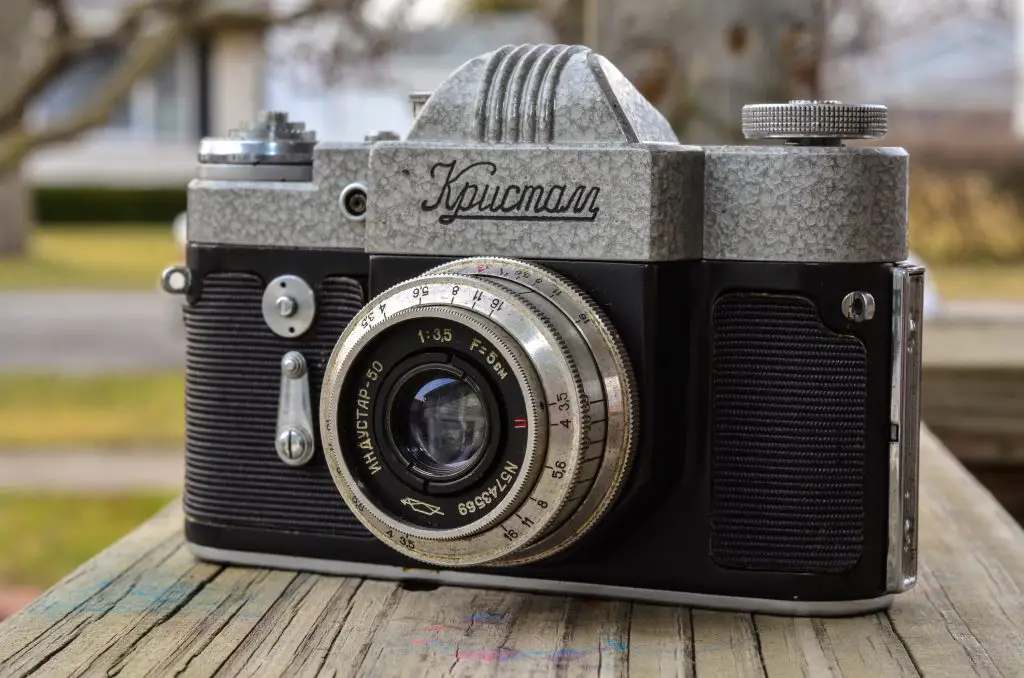 Film Type: 135 (35mm)
Film Type: 135 (35mm)
Lens: Industar-50 5cm f/3.5 coated 4-elements
Lens Mount: 39 mm screw Zenit mount
Focus: 0.65 m to Infinity
Shutter: Cloth Focal Plane
Speeds: B, 1/30 – 1/500 seconds
Exposure Meter: none
Battery: none
Flash Mount: PC socket
Manual (in Russian): http://www.zenitcamera.com/mans/kristall/kristall.html
My Thoughts
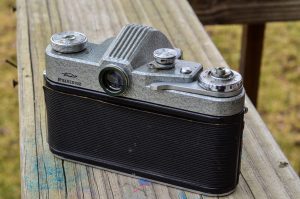
I am no stranger to Soviet made cameras. I have gushed over the beautiful design of the Kiev 4, the perfectly balanced and clean looking Zorki 4, and the compact and ergonomic FED 2, but one that has eluded me for quite some time is the Zenit SLR.
Edit 10/2/2020: Keep in mind I originally wrote all of this in 2016. I have since picked up many more Soviet cameras and have generally liked them all.
I don’t necessarily think the Zenit is ugly, but it’s just not a model that has spoken to me to pick one up. One day, while browsing sovietcams.com I came across a variant of the Zenit called the Kristall.
It had a look unique compared to just another Zenit SLR. It had a relatively modern design, with a hinged film compartment, pentaprism viewfinder, and lever wind film advance. Being an SLR, it had an interchangeable lens mount using the Zenit’s 39mm screw mount. It’s worth noting that although many rangefinders also use a 39mm lens mount, the flange focal distance is different on the Zenit’s screw mount. You could physically mount an M39 rangefinder lens to the Zenit, but your focusing range would be extremely limited, and you’d never made it anywhere close to infinity.
This camera certainly didn’t look like any other Zenit and really didn’t look like any other camera of the day. The hammer tone paint design of the top plate and prominent ribs above the pentaprism really makes the Kristall stick out. Perhaps it was this unique look that turned off buyers back then as the camera sold poorly and was available for less than 2 years and after it’s discontinuation, no other Soviet camera had a similar look. Despite it’s polarizing design, the camera really should have sold pretty well but I guess it wasn’t meant to be.
Typically when looking for an uncommon model, they either don’t show up for sale often, or they go for crazy prices, or both. Sometimes though, you get lucky, and I guess whatever day I bought this camera, was my lucky day as I got it for the princely sum of $10. From the auction pictures, I could see some of the body covering was peeling and the camera had the usual amount of dirt and grime, but these old Zenits were often built with cold-war era toughness. Soviet cameras of the early 1960s were meant to take a licking, which is why many of them are still in good operating shape today.
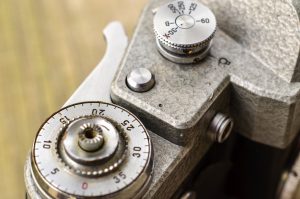
Sadly, that was not the case with this Kristall. The curtains were surprisingly OK, but the slow speeds were way off. As I recall, anything slower than 1/100 wouldn’t fire at all. That wouldn’t have been a deal breaker if there wasn’t also an issue with the mirror getting stuck every time you fired the shutter. I’ve encountered several other SLRs that had mirror issues, and usually the issue lies beneath the bottom plate, but that didn’t seem to be the case with this one. The whole camera was stiff, from the lens movements, to the film wind. I don’t have a lot of success opening SLRs, and this one seemed to have more issues than just general stiffness.
I don’t even know if I had been able to resolve all of the mechanical problems with the camera, that I would have enjoyed shooting with it. The viewfinder was dim, and the ground glass was simply a flat piece of matte glass. There were absolutely no focus aides, no pentaprism collar, no split image rangefinder, nothing. As I have stated in other reviews, my vision is pretty bad, and I often struggle with dim SLR viewfinders, and this one was the dimmest I had ever seen.
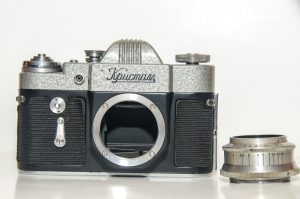
So, while I think this was a nice looking camera, it had too many conditional issues, plus a viewfinder that would have been extremely difficult for me to use, so off to eBay it went. I had this camera for such a short period of time, I never bothered to take some “glamour” shots of it like I usually do. These images here with the white background were from the eBay listing when I sold it. I honestly can’t remember what I got for it, it probably wasn’t a lot, but I know I made back my money on it.
I definitely see another Zenit in my future. I’ll probably go for a later model to maximize my chances at a brighter and easier to use viewfinder, but for now, the Kristall will remain a brief memory in my collection.
Related Posts You Might Enjoy
External Links
http://camera-wiki.org/wiki/Kristall_(KMZ)
http://sovietcams.com/index.php?2199907600
https://kosmofoto.com/2020/07/kmz-kristall-slr/
http://ussrphoto.com/Wiki/default.asp?WikiCatID=69&ParentID=1&ContentID=490

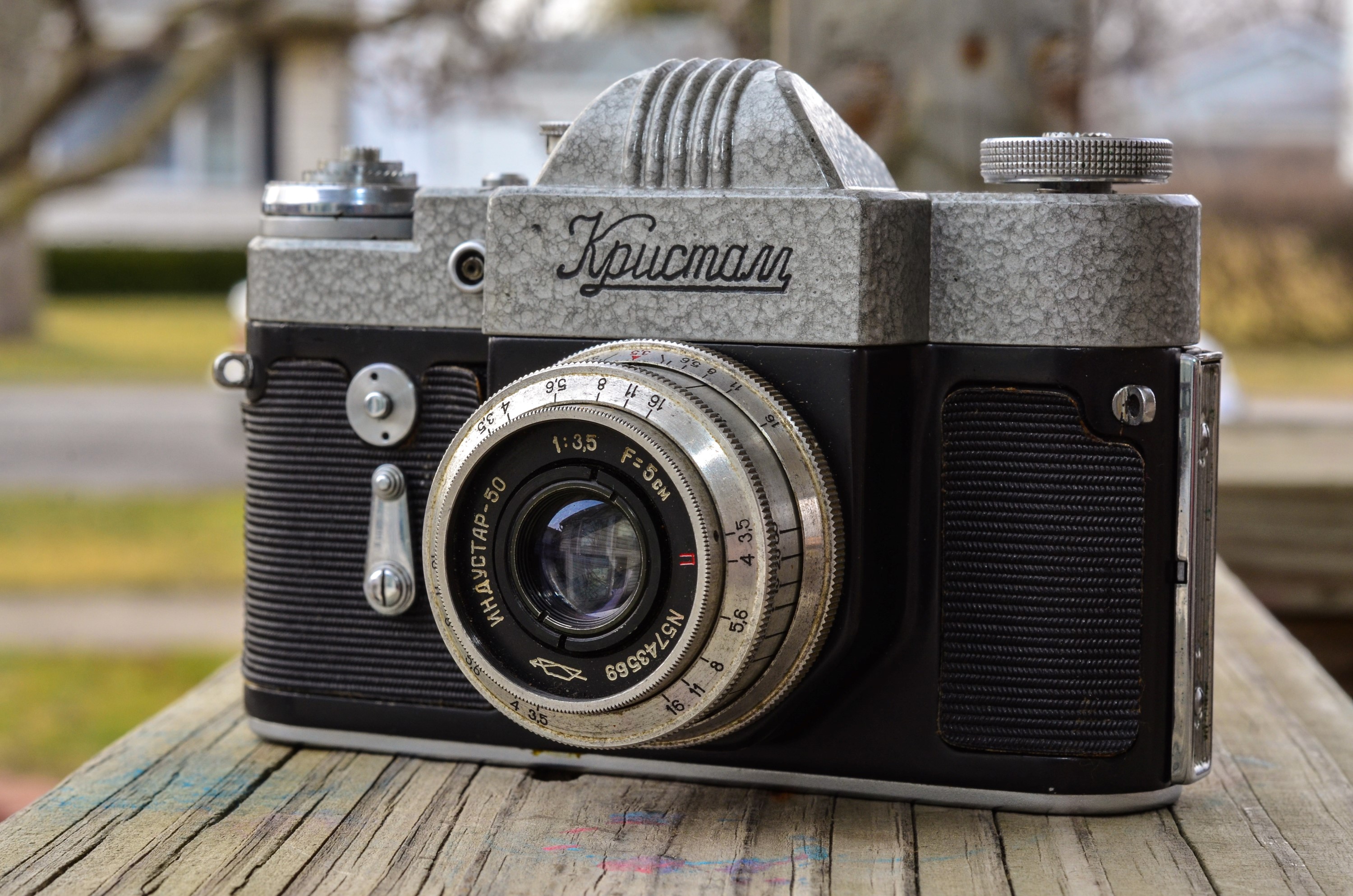
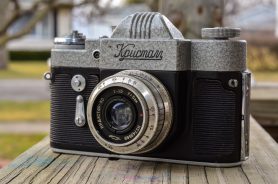
Mike, I think you will find the Kristall did not have an instant return mirror. My son collects Zenit cameras and it is unusual to get one as old as the Kristall in good working order. However, I really enjoyed reading the post. Keep them coming.
It is fun to go back and revisit some of these old posts. I don’t know that if I had another Kristall today, that I would have liked it any better than I did in 2016, but I most likely would have shot with it, at least once.
Mike, I rather like the hammered finish of the Kristall but I doubt you would enjoy using one now owing to the focusing screen and your proclaimed eyesight issues. Even if you could find the somewhat rare Helios f2 in 39mm mount, the extra brightness over the f3.5 can’t overcome the inherent dullness of the screen. However, given sufficient lighting I find these simple ground glass screens actually very good at gauging the point of optimum sharpness in both my Zenit-C and Kristall. As efficient as more modern screens can be with centrally placed split image r/f or microprisms, I do find them somewhat of a distraction and they can get in the way of my assessment of the subject. And with no such niceties in the Zenit-C and Kristall, I can focus anywhere on the ground glass.
Althouth the C is fully working, sadly my Kristall isn’t. The shutter is fine, but when winding on, the mirror just fails to latch in the down position and so immediately rises at the end of the stroke. So, to use it, requires the lens to be removed and the mirror moved a tiny fraction to get it to lock. Film photographers like to comment how shooting film slows them down, but removing the lens 36 times is taking it a little too far!
I’d like to expand on your comment about lens compatibility. Later Zenits moved to the 42mm screw mount, so clearly their lenses can’t be used with the first models using Leica’s LTM 39mm screw mount.
I agree, I probably still wouldn’t like shooting the Kristall too much, but keep in mind I originally wrote this in 2016 when I had far less experience with older cameras.
I’ve since encountered many others with straight ground glass screens like the Kristall, and while I still don’t love them, this one isn’t any worse than those others. I just didn’t know that in 2016! 🙂
I have read that there are three variations of the Kristall camera, the hammered grey, a rare green and a white. I have in my hands a very good functioning all black body without the hammered texture. Is there any information on any black versions being made? Or do I have an exceptionally rare camera? Just curious. Any info would be greatly appreciated. I currently have it listed on eBay where you can see photos of it. Just search for Kristall Zenit Black and it should show up. Not sure of the value of it is an only one made. Thanks again
Just came across this. I have a working Kristall…..completely working. The odd thing is, given the normally rough, grinding feel and operation of most of my grand old Soviet cameras, this Kristall seems smooth, almost elegant, in feel and function. Even the timer works. It makes me laugh to contemplate, in the normally chaotic environment of Soviet camera manufacture (I have been told, in Kiev, cameras and tractors were sometimes produced in the same facility) sometimes,against all odds, the stars aligned and some perfectly functioning cameras were produced. With this in mind, I still occasionally click the “Buy” button to further my “Sovietcam” experience. Kind of like playing Lottery………You have to play to win.
I had a buddy who sold Ural motorcycles (Soviet BMW clones) who used to laughingly comment:…”I think the only reason they assemble them at the factory is to verify that all of the parts are there.”